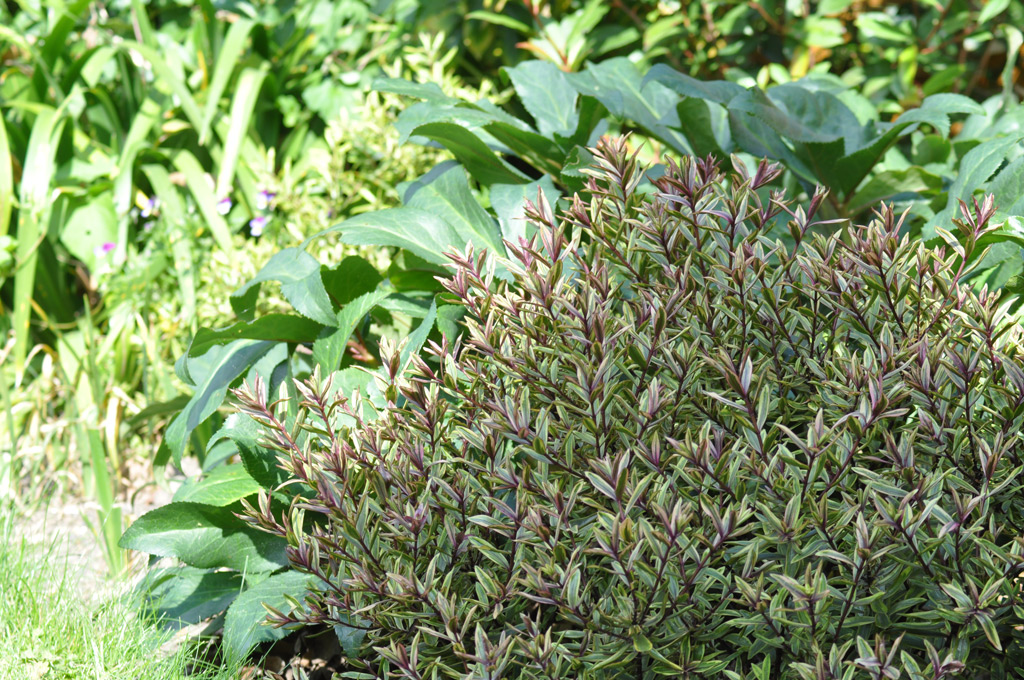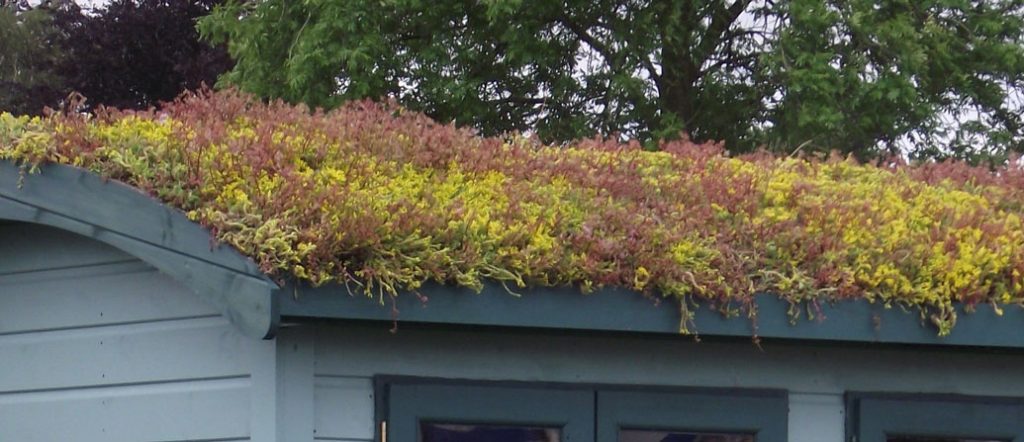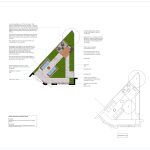Designing a low maintenance garden that DOES include plants
A great guest blog from Harrowden Turf, one of the UK’s largest growers of low maintenance ground cover solutions. Marketing Manager, Simon Marsh, looks at designing a low maintenance garden that does include plants.
I am an enthusiastic gardener, but with little knowledge and an ever present need to enjoy the outdoors whilst avoiding the really heavy lifting of full-time gardeners and the deep, deep followers of all things green.
For me, the garden is to be enjoyed but is also there to provide solace and solitude and an escape from the marketing world in which I live – albeit marketing in the horticulture sector. The key planting requirement has to be an absolute God-given capability to not die, regardless of how negligent I may be or the traumas that may befall any plant that has the misfortune to be chosen for my garden.

With a carefully considered planting plan, your low maintenance garden can be lush and green
But……in fact it might even be a BUT. This does help when looking at low maintenance gardens. In fact, I may be uniquely qualified on the subject. As ever, there is low maintenance and low maintenance. Gravel and pebbles; even Japanese dry landscape gardens (Karesansui) aka the Zen garden need the occasional rake – so the real question is how much maintenance is low maintenance? ……and what do you want to achieve? Are you looking to intrigue the eye, lead the visitor through a garden experience or simply to hide your shed?
Defining low maintenance gardening
There is surely a range from the occasional mow to the never-gets-touched. Perennial shrubs will need nothing more than the occasional prune and so long as you keep an eye on winter temperatures there is a vast range of shrubbery available to you.
Beyond gravel – and don’t forget the paradise that can provide for your local feline population – sedums and wildflowers turfs can support a galaxy of wildlife and yet require very little in the maintenance department.
Hard landscaping will always be the final frontier but with the ever-increasing voice of the environment its important to consider rain run-off, water absorption and the sustainability of the materials used before covering everything in sight (on site) in concrete or composite decking.
Right plant right place
I’m afraid there are rules, but if its your garden you can decide to take as much or as little notice of them as you see fit. The real place to start is with soil condition and ph. What will live and thrive in your soil and what won’t. Yes, you can add ingredients (sorry that’s the cook in me coming out) but firstly you are, by definition, trying to make your garden into something it’s not and didn’t we say that this was supposed to be low maintenance? Its not low maintenance if you start by arguing with nature.
Similarly, there isn’t a whole lot you can do about shade and orientation. No amount of gardening can make a garden south-facing, doesn’t matter who you are.
Ideally, the garden exists in four dimensions – length, width, height and depth. So, the garden should change and develop in those dimensions over time. Sounds complicated but all it really means is that plants need light so put taller plants at the back. Think about flowering times throughout the year so there is always colour – if you want constant colour then think groundcover to reduce maintenance without resorting to mulch or decking.
Plant choices should reflect your taste and your lifestyle
After the pre-requisites of soil quality, ph. and shade there is colour, colour, colour. What colours do you want to feature? …are you looking for vibrant and vivid; or calm and restorative? …..and then there are a couple of key questions. Do you have children and / or pets? Nothing will ruin your turf quicker than dog urine and footballs do not agree with delicate climbers.
After all that. There are solutions. Photini, Flowering Cherries, Viburnums and Climbing Jasmine can form a strong backdrop with minimal maintenance. Evergreen Hellebores and Hostas can provide groundcover and colour year-round whilst Hebes can do the same job right in the foreground. Euonymus – Japanese Spindle are a middle weight and middle height evergreen to provide a backdrop.
Think of the background colours you need to take into account and always the maximum height you can realistically cope with. If, and when all of the above is done and you have a vibrant lawn –remember nothing, but nothing, beats the feel of real turf underfoot -surrounded by a four dimensional galaxy of plants giving variation in colour, height, texture (did I mention texture?) and flowering time you will have a low maintenance garden – a low maintenance, living garden that will evolve just as you do.
Simon Marsh
July 2020.
Need help with planting plans for your low maintenance garden?
My Garden Design offers a full garden design service, but if you already have a layout in mind and need help deciding what to plant where, we’re here to help with that too.
Simply contact us via our website, explain a little about what you need and we’ll call you back as soon as possible to discuss the ways that we can help you.
Further reading
A landscapers guide to good garden design
What should I plant in my garden? Advice from Tapestry Design Studios

 Why not put low maintenance plants on your roof? This living green roof was created using Enviromat sedum matting
Why not put low maintenance plants on your roof? This living green roof was created using Enviromat sedum matting


